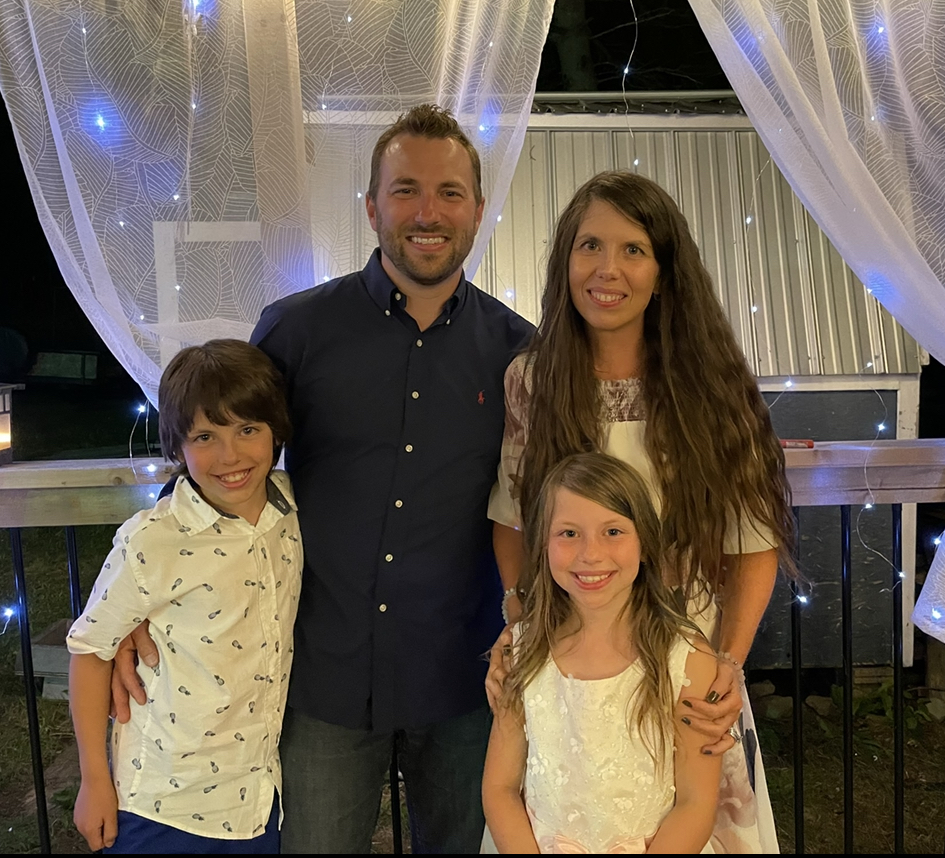Heart attacks and strokes are the leading cause of premature death for women in Canada, yet little progress has been made to address systemic inequities in how these conditions are diagnosed and treated.

That’s according to a new report titled System Failure released Wednesday from the Heart and Stroke Foundation of Canada, which identifies alarming gaps in diagnostics, care and even basic understanding of risk factors and symptoms that exist for women with heart and brain disease in Canada.
Half of women who experience a heart attack have their symptoms go unrecognized because health workers and patients alike are often unaware that men experience symptoms differently than women, the report says.
“Heart disease for the longest time has been on decline in men and it’s been static or even in some groups, in young women in particular, on the rise,” says Dr. Tara Sedlak, a cardiologist based in Vancouver.
“The concern is that if we don’t take care of some of these early signs and symptoms, if we don’t take care of the risk factors, that it could continue to rise and not only will be the number one premature cause of death (for women), but will be a real leading, worldwide health issue for women.”

Biological differences mean that women face different risk factors and at different points in their lives than men, the report highlights.
For example, pregnancy and menopause can lead to health conditions that increase the risks of heart disease and stroke. Scientific studies also show smoking, high blood pressure, diabetes, obesity, physical inactivity and depression also all have a greater impact in females.
The report is a follow-up to a pair of reports completed by the Heart and Stroke Foundation in 2018 that drew attention to systemic inequities that compromise women’s heart and brain health in Canada.
Five years later, there have been some advances in research, care and education, but many issues still need to be addressed, according to the latest findings.
“There has been some progress but as we highlight in this report, much more needs to be done to ensure all women across Canada get the care they need when it comes to their heart and brain health — care that is sex- and gender-appropriate, equitable, culturally relevant and safe.”
Sedlak says one of the biggest underlying reasons for these gender inequities is that women have not traditionally been as involved or included in medical research.
“Because of that, we don’t have as much data on their heart health,” she said.

Two-thirds of participants in clinical trials on heart disease and stroke are men. When women are included, researchers don’t always analyze the data by sex and gender, the report found.
As a result, approaches to prevention, diagnosis, treatment and care often do not always apply to women.

Get weekly health news
In addition, conditions that are more common or serious in women but rare in men typically get less attention, the report says, and risk factors and symptoms that are unique to women are often not always clearly understood, the report states.
As a result, women who may be experiencing a heart attack or stroke are sometimes left to navigate a health system that may not recognize their emergency.
'I knew it was my heart'
Bobbi-Jo Green was just 30 years old when she first knew something was wrong with her heart.
It was 2013 and she had just given birth to her second child and was a conditioned runner. Yet, every time she tried to go for a run, she felt extreme fatigue and was short of breath. She experienced flu-like symptoms after her workouts and felt pressure in her chest.
But when she went to see a doctor, she was told everything was normal and that it was probably just stress.
A year later, she was cleaning cupboards in her summer home when she experienced a major heart event.
“I had the left-sided at chest pain. I had the pain in my left arm, and it was into my jaw and my shoulder blades and even in my teeth,” she said, recalling the incident.
Initial tests seemed to indicate low oxygen to the heart, but nothing urgent was found, so she was sent home from the emergency department with only some tips on stress management and a muscle relaxer.
Over the next several years, she experienced similar incidents and a revolving door of emergency rooms, specialists and general practitioners who offered no answers or treatment, even though Green was sometimes experiencing heart attack symptoms daily.
She was in the ER so often she told her children she was volunteering at the hospital so they wouldn’t worry.
“I was first told that, ‘Hey, no. It’s not your heart. You’re too young, you’re too fit, you’re too healthy.’ But then it became quite apparent to me that it was my heart,” Green said.
“And that’s when things got really scary for me, just not being believed when I knew for a fact it was my heart.”
Some physicians suggested it was all in her head — a form of medical gaslighting that Green describes as deeply frustrating.
“I’m kind of screaming that it’s not, there’s something organically wrong here… I was sent for psych referral after psych referral, and I was offered a battery of antidepressants and pain meds and you name it,” Green said.
“And I really did refuse to give up because I knew it was my heart. So I just kept going back.”
It wasn’t until 2020 when she finally got a proper diagnosis: ischemia with non-obstructive coronary arteries (INOCA) — a heart disease more commonly experienced by women.
While getting this diagnosis was validating, Green says the years of not being believed and her treatment by health workers in ERs has caused deep, ongoing trauma.
A support group for women with heart issues became her “lifeline,” she said, and it was also this group that connected her with Dr. Sedlak, Canada’s only certified woman’s heart health cardiologist who finally diagnosed Green’s disease.
How women can advocate for themselves
Because of experiences like Green’s, Sedlak says she’s seen a shift in the last few years that has seen more women getting involved in advocacy and public awareness to shine a light on women’s unique risks and symptoms of heart disease.
For example, next week on Feb. 13, women across Canada will don red outfits and a number of buildings across Canada will be lit up in red as part of an annual national ‘‘Wear Red Canada’ awareness campaign led by the Canadian Women’s Heart Health Alliance.
“We really try to highlight all of these discrepancies that have been there for a while but now are newly recognized,” Sedlak said.
Meanwhile, Green says she hears weekly from other women who have experienced barriers to care and are forced to advocate for themselves.
Some of these women go to doctors or ERs with warning signs or symptoms, are not believed and sent home and later experience a heart attack, she said.
“My biggest message is just to advocate for yourself, ask for second opinions, know your symptoms, know your signs, know your risk factors, and come armed with information. Education is key.”




Comments